How to Cut Concrete With 8 Tools For 2 Purposes [Cost Review]
Concrete cutting is an everyday need on construction projects, it is the process of controlled sawing, drilling, and removing smashed concrete for remodeling and building work.
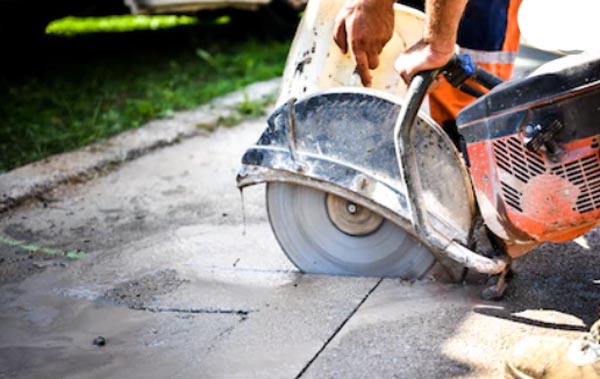
There could be several reasons to cut concrete. They could be either making joints, making a path for the drainage, or install plumbing.
This article will take you through the process of concrete cutting, will highlight special considerations on cutting concrete on different projects, and will provide a brief overview of the different concrete cutting equipment.
Contents
Cutting Concrete Slab [Steps By Steps]
Before start cutting, you must identify the exact location of cuts, where to start, and where to stop the cut. As a rule, you may start it from the center of column lines.
Following steps should be followed while cutting through the concrete:
Step 1: Chose the type of blade you want to go with. You can have either dry cutting diamond or wet cutting diamond.
Step 2: Prepare the workstation to avoid any dust going around and making everything dirty. For example, if you are working in a basement, close all the windows. If you are working in an open space, put some temporary wall shields to protect the environment. You should also be wearing a dust mask, knee pads, steel-toed boots, and protection on your eyes. Put safety signs around to let others know about the criticality of work.
Step 3: Mark the concrete with a chalk line. The line should be solid enough so that when you are cutting the concrete, it does not disappear due to water being run on top of it
Step 4: Get a constant supply of water. It will not only be needed for cutting but also for removing dust.
Step 5: Check the blade depth, when the saw is off. You can do it with a knob or find it from the manual.
Step 6: Turn on the saw. Make a one-inch cut. Doing a sequence of light cuts is safer.
Step 7: Remove the saw from the concrete and allow it to spin freely for some time to remove dust from it. It will also cool down the blade.
Step 8: Put the blade again in the cut and repeat steps 6 and 7, until you have reached the desired depth in the concrete.
Step 9: Regularly remove the dust. Even if you are using water, you still may need a vacuum to suck the dust.
Step 10: Use the claw hammer and mason chisel on the cut surface. It will allow you to have a cleaner edge(4 kinds method clean concrete). The smashed concrete should be moved away from the site, either to a yard as fill or discard in a landfill
Cutting Equipment Options
Chain Saw
It is a gas or electric or battery-powered equipment that can cut through the concrete slab of up to 24 inches due to its long arms. It has a set of teeth installed on a rotating chain, which is driving around a guided bar. It can produce perfect corners and straight lines, whether you are installing an HVAC or removing a section of the wall.
Circular Saw
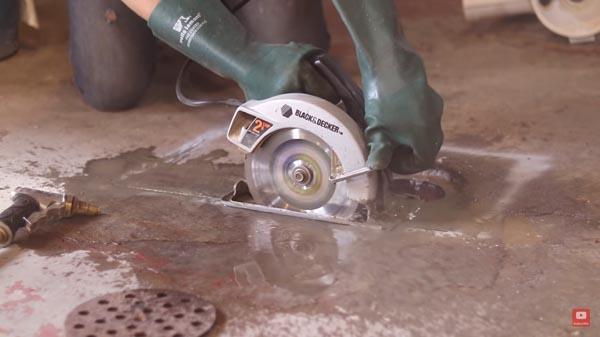
It works like a chain saw but is of a smaller type. Instead, it has a circular saw featuring a circular metal blade with teeth. The circular blade simply spins in a circle around its center. One big difference is that these saws cannot cut through much deeper depths like chain saws in a single round. They are more commonly used to make crosscuts for carpentry.
Slab Saws
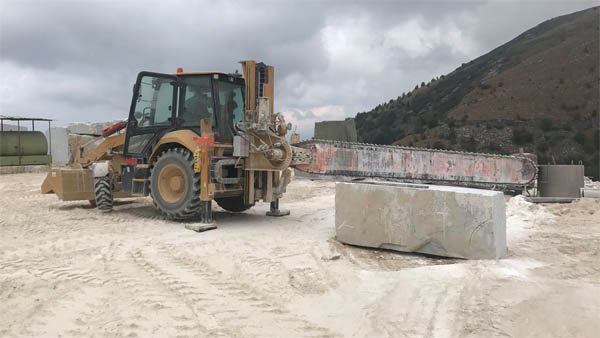
It is very similar to a chain saw but can make much deeper cuts with up to the depth of 32 inches. It may also be referred to as road or flat saw in some cases. It can handle concrete on projects like bridges, roads, roods, and even water channels.
Wire Saw
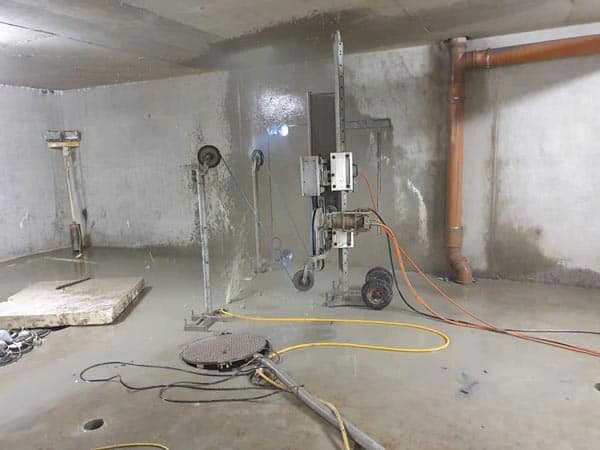
If you need to cut large portions of concrete to be cut down, probably the best thing you should go for is the wire saw. They work well on projects that are otherwise too large for Chain or circular saws. They can cut lengths and depth, which would be impossible for blade mounted machines. Structural elements like abutments, pillars, foundations, thick walls, and equipment pads can easily be separated with much less noise using wire sawing.
Core Drilling
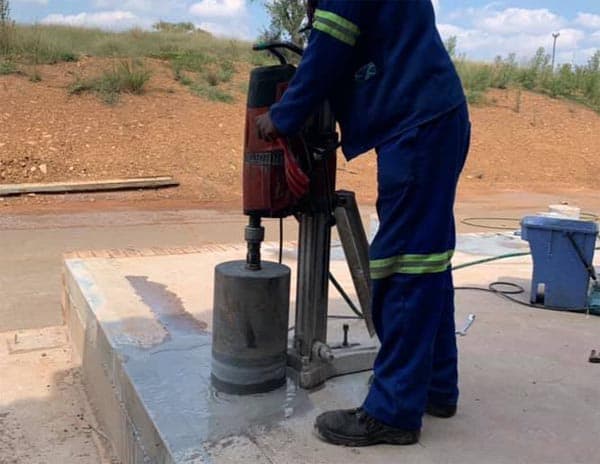
As the name indicates this technique allows us to drill holes in nearly every surface. It can enable perfect tubular holes. It can allow us to have openings as small as a one-half inch to as big as 60 inches in diameter. Core drilling is mostly used for making way of wiring, plumbing, anchors bolt, and electrical cables in concrete. Core drilling is also employed to take a sample from the concrete, that can be later on tested in the laboratory. These machines can drill at any angle.
Wall Sawing
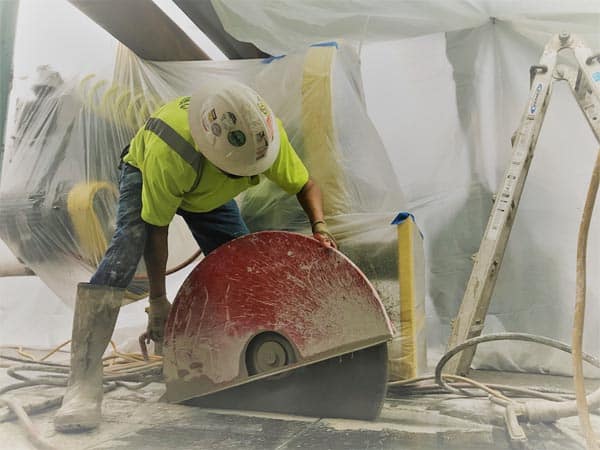
Wall saw is a slightly modified version of a circular saw. It is mounted on the wall with a guided rail. The circular blade moves with the rail. It can cut up to the depth of three feet into each side. Its most popular uses include removing vertical sections of HVAC modifications, elevator and stair openings, windows, and demolition. It can also cut at any angle.
Hammer Chisel
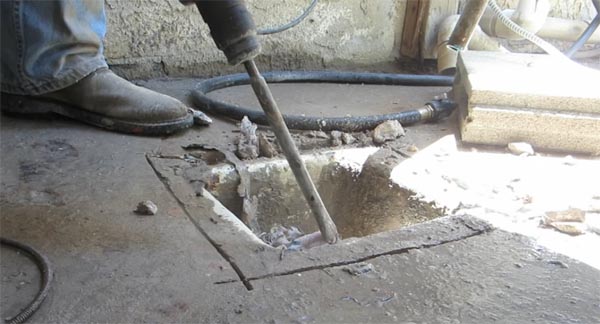
Depending on the hardness of the concrete, different hand tools can also be used to cut concrete. However, you can reach only a limited depth in a cut. One such tool is called a chisel. Chisel has a characteristically shaped cutting edge of the blade on its end.
Concrete Saw Walk Behind
This is a slightly modified version of the circular saw. The blade is bigger in diameter. It has a specially designed steel frame, while is fitted with a circular blade. The worker pushes or pulls the frame from behind, that is why it is called concrete saw walk behind.
Cut Concrete For What
Regular Different Jobs
Concrete can be cut for a different job including the following:
- Creating slots or channels in the concrete slab
- Cutting concrete to make sump for wastewater
- Concrete is drilled to installing wiring, plumbing, anchors bolt, and electrical cables in concrete.
- Concrete is drilled to take samples for testing
- Complete cut through cuts can also be made in concrete to separate a chunk of concrete. This includes removing vertical sections of HVAC modifications, elevator and stair openings, windows, and demolition.
- Separating structural elements from the building like abutments, pillars, foundations, thick walls, and equipment pads. This could be done for several reasons like building structural modifications and demolition.
- Cutting concrete to make crosscuts for carpentry.
- Making construction joints in concrete.
- Concrete cutting may also involve grinding and grooving for creating anti-slip surfaces, rumble strips, or removing high points in slab surfaces.
Concrete Joints
Concrete joints are a special type of concrete cut that is not intended to remove any concrete. Following steps are usually followed to make different joints:
- If you are using a groove for the joint, the joint should be a minimum depth of ¼ thickness of the slab.
- Saw-cut joints should be done within 4 to 12 hours after the finishing of concrete.
- Dry-cut joints should be made between 1 to 4 hours after the finishing of concrete.
How Much Cost to Cut Concrete
Unreinforced Concrete
It is much easier to cut unreinforced concrete, that does not have any rebars in it. It is only made of aggregate, cement, sand, and water. It is much easier to break into pieces and hence can easily be cut and removed.
In the US, it can cost around $3 per square foot to remove it, depending on thickness and location.
Reinforced Concrete
Reinforced concrete is strengthened with rebars. Due to which it is difficult in small sections and is usually lifted in pieces, and needs machinery to be lifted.
In the US, it can cost around $5 per square foot to remove it, depending on thickness and location.
The Area of Removal
Usually, the cheapest structural element to remove is stairs. The many cost you $250 – $400.
The most expensive part for removing concrete is building foundations, which may cost $4,000 – $10,000 depending on the area and amount of reinforcement in it.
A patio would usually cost you $1,000 – $2,000 to be cut down completely.
Conclusion
In this article, a general process of concrete cutting with all the precaution is laid down. Different types of concrete equipment have to be listed down.
Lastly, a cost estimate is also provided for different concrete cutting jobs. To sum up, selecting a particular piece of equipment to cut concrete depends on the job at hand and of course, it will also govern the costs.
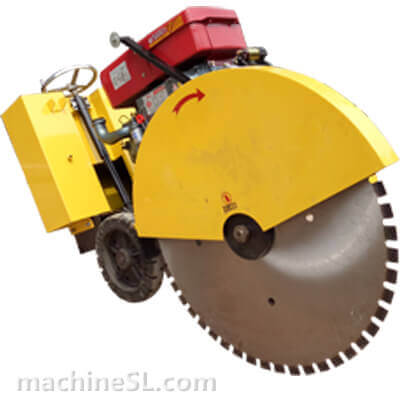
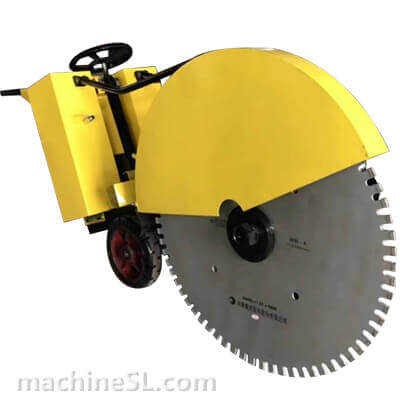
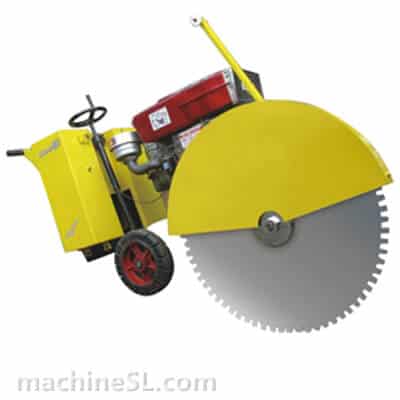
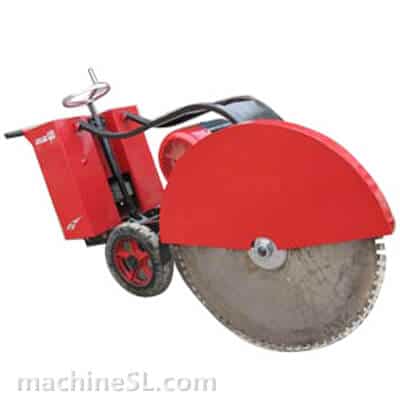
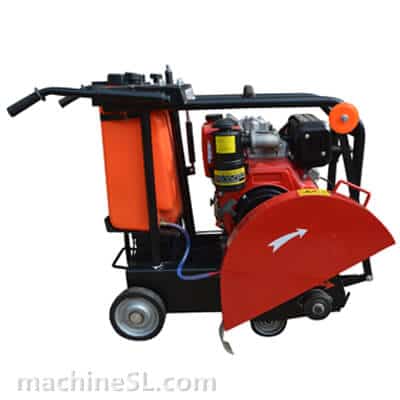
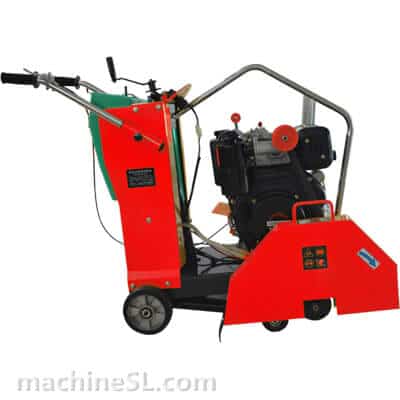
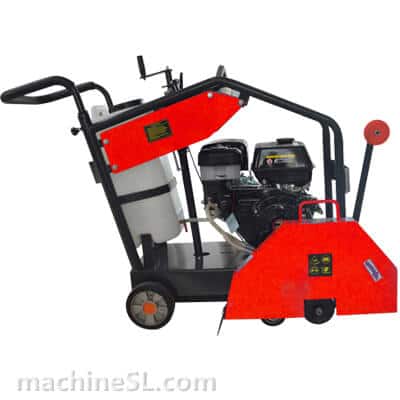
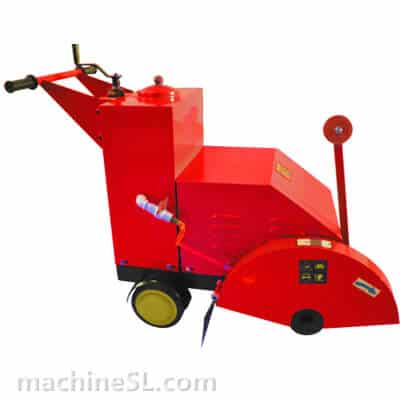
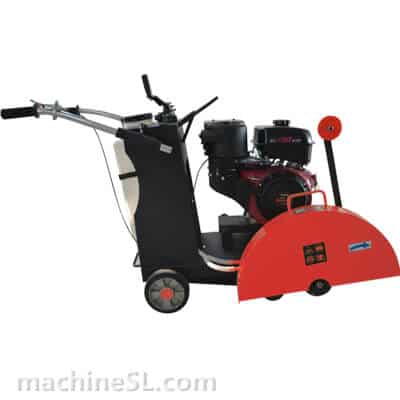
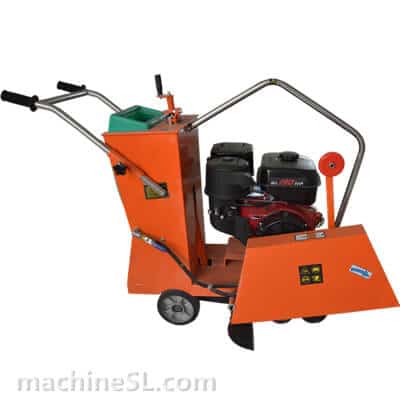
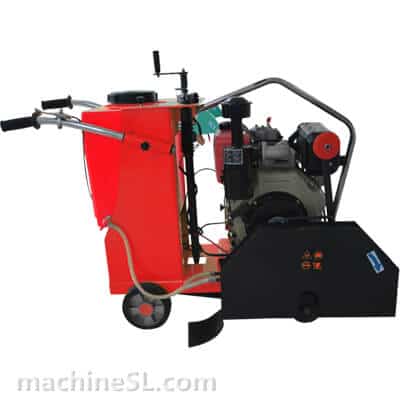
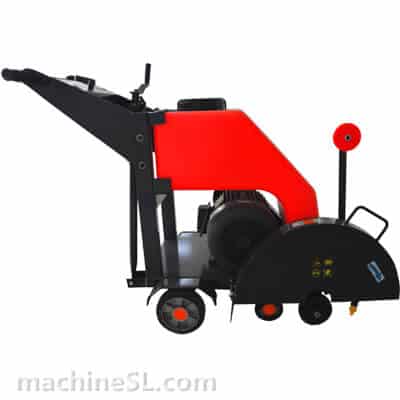
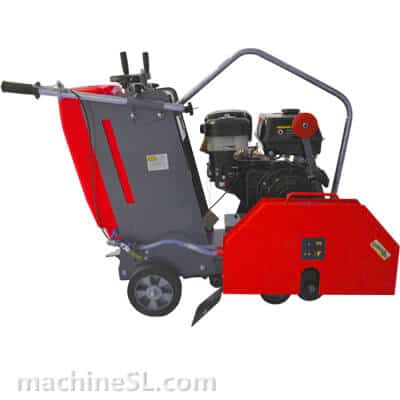
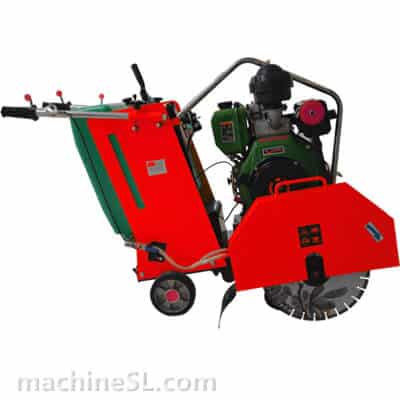
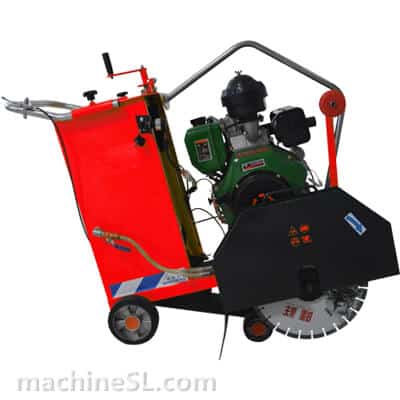
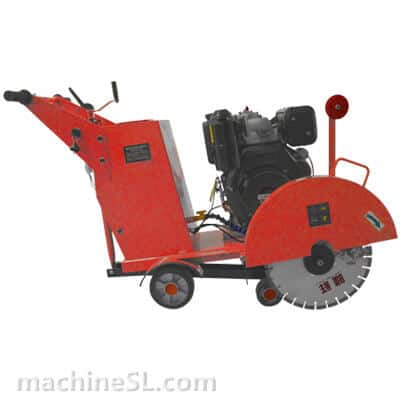
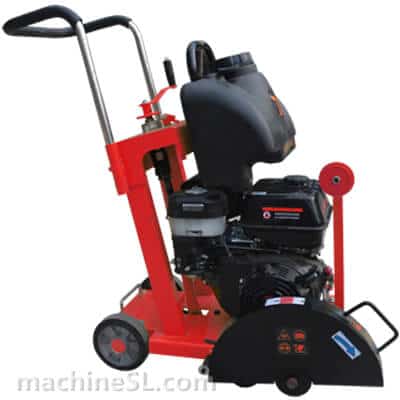
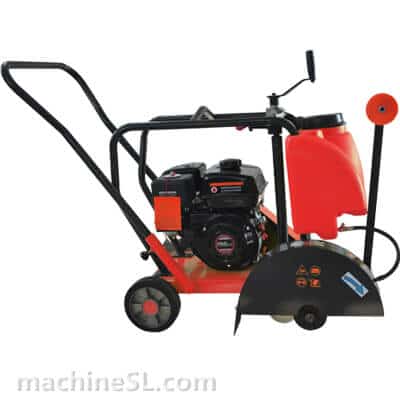
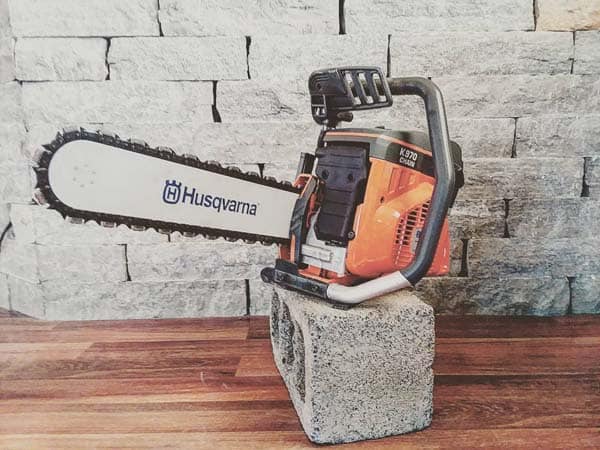
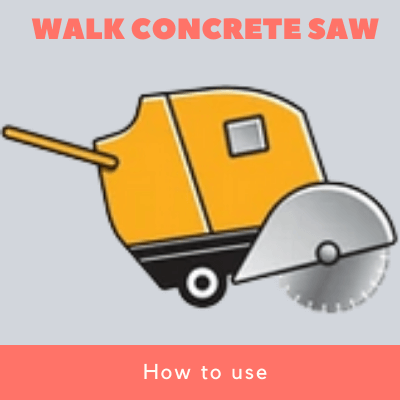
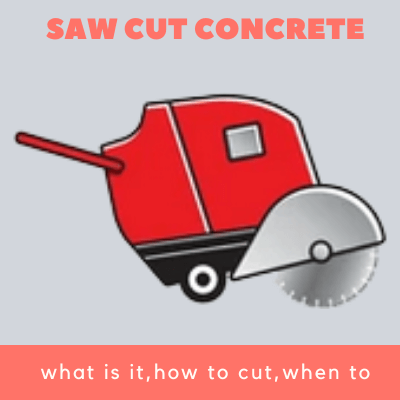
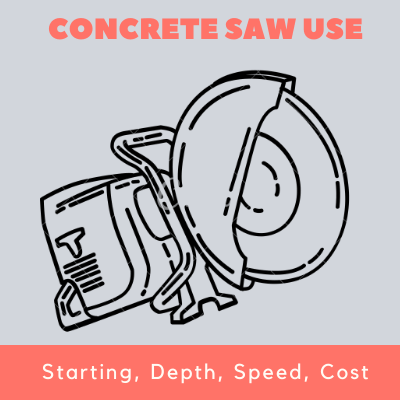
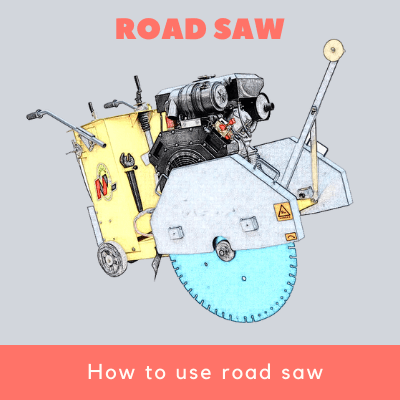

I charge 12.50$ per square foot when cutting lines for trenches in 4″-6″ slabs. This cost includes breaking the sections into manageable pieces. It does not include cost of removal and disposal.
I only charge 3-4$ per square foot for breaking up entire slabs.
thanks